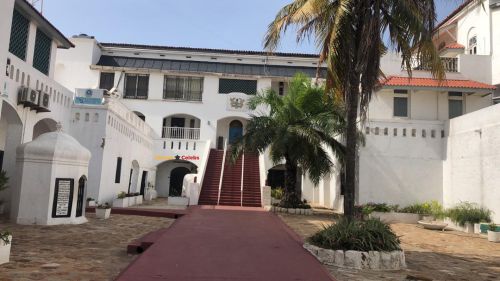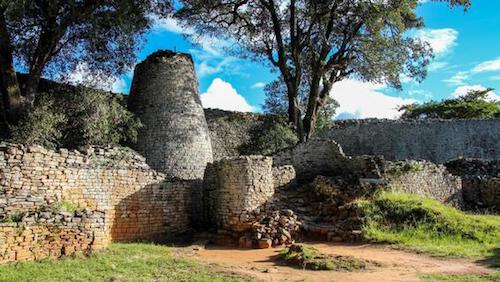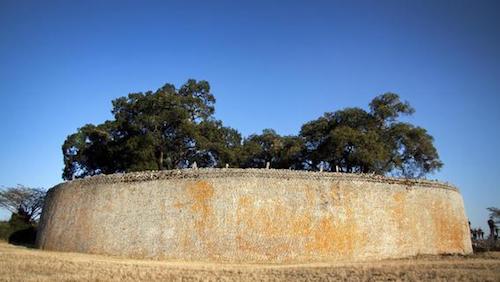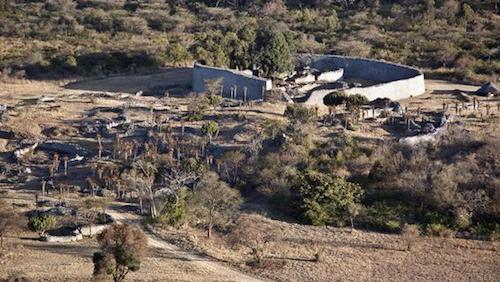Africa Travel: Must Visit Castles In Afrıca
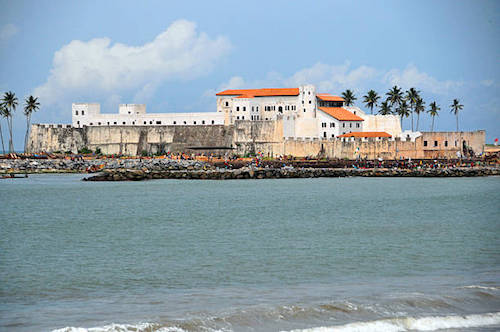
MUST VISIT CASTLES IN AFRICA
“We travel not to escape life, but for life not to escape us”
As surprising as it might sound, the number of castles in Africa is more than we can imagine. Due to the colonization of Portuguese, Dutch, German and British forces and subsequent wars, many castles were built for different purposes. Here is a look at iconic castles from Africa.
- CASTLE OF GOOD HOPE, SOUTH AFRICA
Castle of Good Hope is one of the first examples of Dutch architecture in Cape Town. It was built in the 17th century as a defense mechanism, residential area and later prison for Dutch army officers who surrendered after the Second Boer War where they lost against British forces.
Interestingly, the castle was on the coast when it was first built, but is now located inland after the land reclamation. Inside the bastion fort, there are many interesting exhibitions and events for you to check out.
- ELMINA CASTLE, GHANA
Ghana has the highest number of fortifications by far. Elmina Castle erected by the Portuguese in 1482 is the oldest European building in the country. It was basically used as a trading post on the Gulf of Guinea as well as a center for slave trade.
The fort was subsequently conquered by Dutch forces and was held in power for 200 years before being taken over by the British Empire. The castle has been designated as a UNESCO Heritage Site since 1979.
- FORT JESUS, KENYA
This castle was a distinct design of Italian architect Giovanni Battista Cairati. Mombasa Island of Kenya was an important port as it was the seen as the gate to the Spice Route and other trades routes surrounding Indian Ocean., so the king of Portugal built Fort Jesus to declare control in the area.
Its design has Renaissance features, but the building materials were provided by Swahili people, which resulted in an extraordinary look as a combination of the west and the east.
When viewed from the air, you can actually see that it was built in the shape of a man. It was declared a World Heritage Site by UNESCO in 2011 as the most outstanding example of Portuguese military fortificiation.
- FORT CAPUZZO, LIBYA
As you might understand from the name, Fort Capuzza was built in the Italian colony of Libya near the Egyptian border. The Italian colony of Libya was in a war against the Senussi tariqa during the first half of the 20th century, so they had to build large barriers along the borders.
Fort Capuzzo constituted an important part of that barrier to prevent Senussi forces from crossing the border. It is possible to visit the castle during guided tours of the battlegrounds in North Africa.
- FASIL GHEBBI/EMPEROR YOHANNES IV CASTLE, ETHIOPIA
The fortress city of Fasil Ghebbi is perhaps the most spectacular building of Ethiopia. Founded in the 17th century by Emperor Fasilides, the castles served as a home to Ethiopia’s emperor for a long time. Declared a UNESCO World Heritages Site in 1979, the castle is one of the best examples of Nubian Architecture style.
- CAIRO CITADEL, EGYPT
The medieval Islamic fortification of Cairo Citadel was built in 1176 by the Ayyubid dynasty to protect the city during the Crusade wars. The most interesting feature of the castle is the mosque erected in the 19th century by Ottoman Commander Muhammad Ali Pasha after taking the control of the city from the Mamluks.
Today, there are two other mosques as well as several museums such as the Egyptian Military Museum, Carriage Museum and Al-Gawhara Palace Museum.
The fort lies next to Alexandra’s ancient lighthouse, which is one of the seven wonders of the ancient world. It served as a defensive fortress against the threats coming from Mediterranean Sea, especially that of the Ottoman Empire. It was renovated several times since it got severe damage from earthquakes and wars.
- FORTRESS OF SAO MIGUEL, ANGOLA
This Portuguese fortress was built in Luanda, Angola in 1576 by Paulo Dias de Novais who was the first governor of the Portuguese Angola. The fortress was an administrative center as well as the checkpoint for trade and slave traffic to Brazil. Visiting the fortress, you can find out about the Portuguese colonization.
There is a courtyard that contains statues of Vasco da Gama, Portugal’s First King and Diogo Cao (who was the first European to reach Angola). The fortress also holds Museum of the Armed Forces that depicts the military structure of Portuguese Angola
Recommended Stories: Travel Africa
- FORT SAO SEBASTIAO, MOZAMBIQUE
Another example of Portuguese architecture in Africa is the Fort of Sao Sebastio in Mozambique. Its construction by the Portuguese colonizers began in 1558 and took fifty years to finish.

The resultant massive fort has managed to still intact to this day. The Chapel of Nossa Senhore de Baluarte, which is the oldest European building in the southern hemisphere, lies right next to the fort.
- OSU CASTLE, GHANA
Osu Castle is one of the first and few examples of Scandinavian influence in Africa. The first fort was built by the Kingdom of Denmark and the Kingdom of Norway in 1660. By building the castle, they wanted to keep the area protected from the Portuguese army whom they acquired the area from.
Throughout its history, the castle changed hands many times between Denmark-Norway, Portuguese and Britain, so their influence in the expansion and renovation of the castle can easily be observed. It has political importance as the seat of government in today’s Ghana. The castle also contains the burial ground of the late president John Alta Mills.
- TALEH CASTLE, SOMALIA
Taleh is a historical town in eastern Somali, serving as the headquarters of the Dervish State. Mohammad Abdullah Hassan, the religious leader of the Dervish State, erected five forts in the early 20th century.
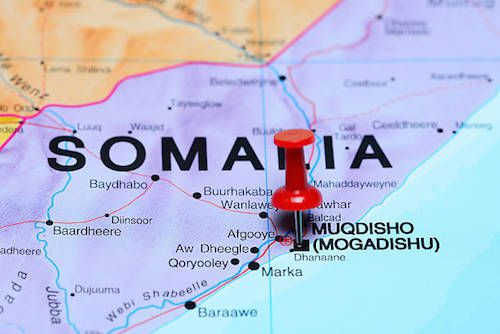
Taleh Caste is the largest of these forts. The castle is surrounded by tombs of early dervishes. Although the fort was significantly damaged by British forces, it was renovated by Somalia forces where they built a large military base in the town.
- GREAT ZIMBABWE/NESBITT CASTLE ZIMBABWE
The ancient city of Great Zimbabwe was built within a large fortress, serving as the capital of Kingdom of Zimbabwe. The fortress was so large that the completion of its construction took nearly four centuries.
It boasted the royal palaces for the local monarch as well as the seat of political power. It was also an important landmark for the trade of gold and iron through the Central Africa.
Today, there is an ongoing archeological work for constructing the chronological history of the fortress. An interesting landmark inside the fortress is the Great Zimbabwe University which focuses of arts and social sciences.
Compared to the other castles in the list, Nesbitt Castle was built much later in the 1920s by businessman Theodore Holdengarde. Holdengarde was a South African – British businessmen and mayor of Bulawayo.
He decided to build the castle after arriving in Southern Rhodesia and buying 100 acres of land. Its architecture was heavily influenced by neo-gothic architecture. Although the castle was later converted to a hotel, there are certain renovations still underway, so the castle will have more options for the visitors.
- DUWISIB CASTLE/FORT NAMUTONI, NAMIBIA
Set atop a hill overlooking the Namib Dune Desert, Duwisib Castle was built by Baron Captain Heinrich Von Wolf after the German-Nama War. More than just a residence for him and his wife, the castle represented his victory and dedication in the area.
The raw materials used for building the walls were imported from Germany. After the World War I, Von Wolf sold the castle to a wealthy Swedish family, who then transferred the castle to the state in the 70s.
It was opened to the public in 1991 as a museum containing antiques, armor and paintings. There are also numerous accommodation options including camping around the castle.
If you love adventure, then Namutoni Camp also called Etosha National Park is one of the must visit places whenever in Namibia

